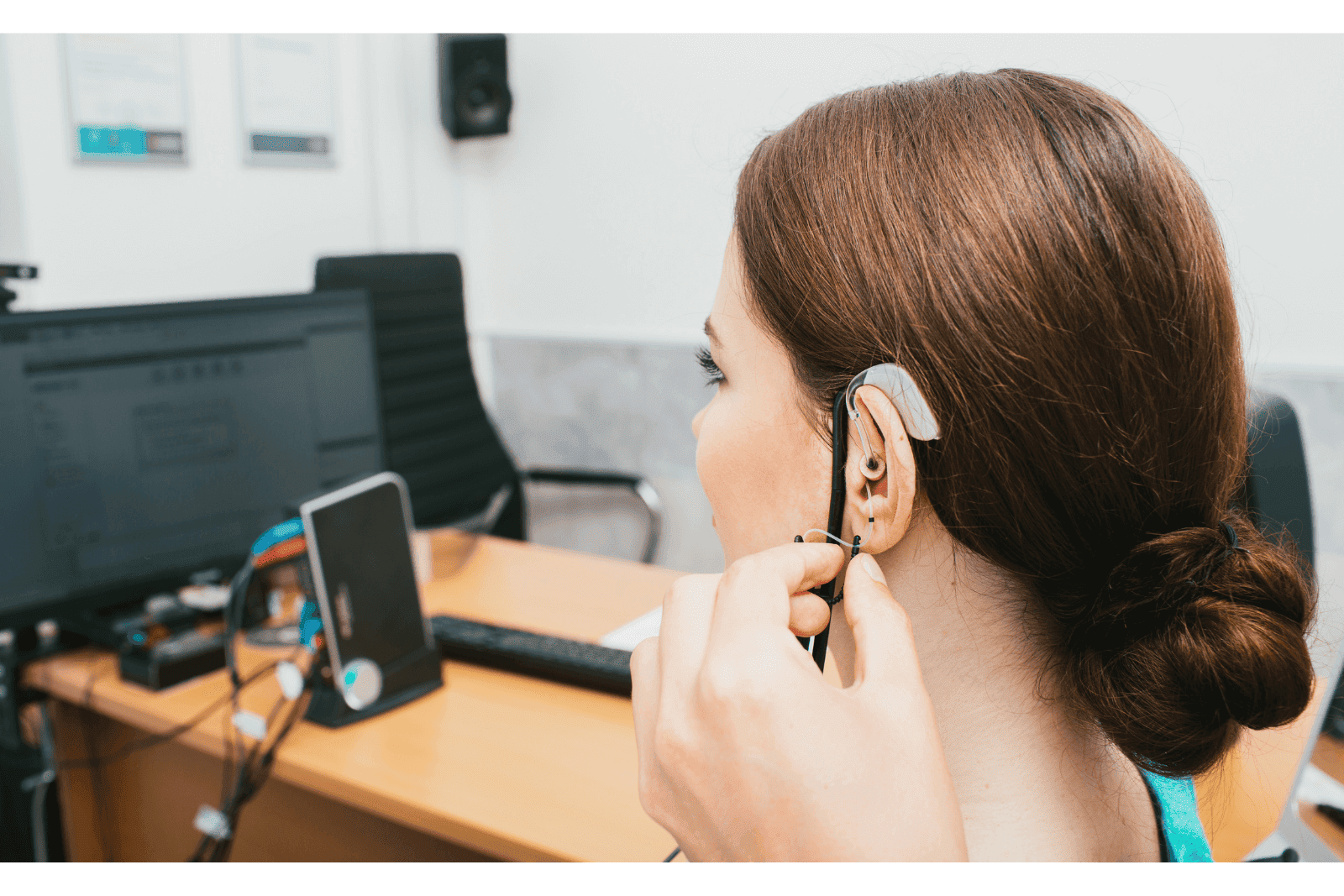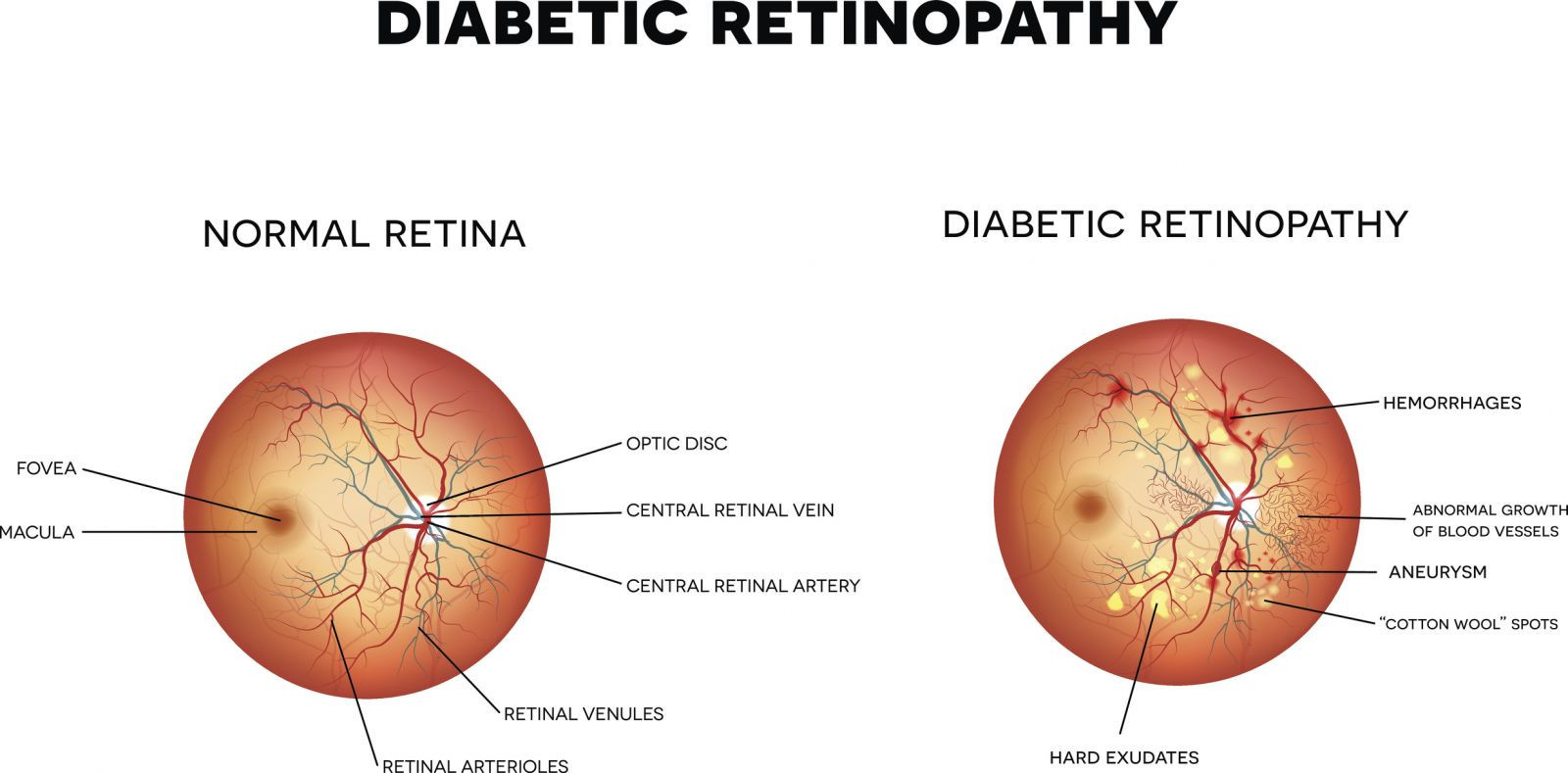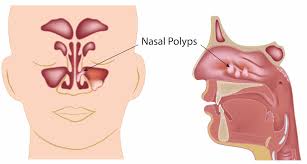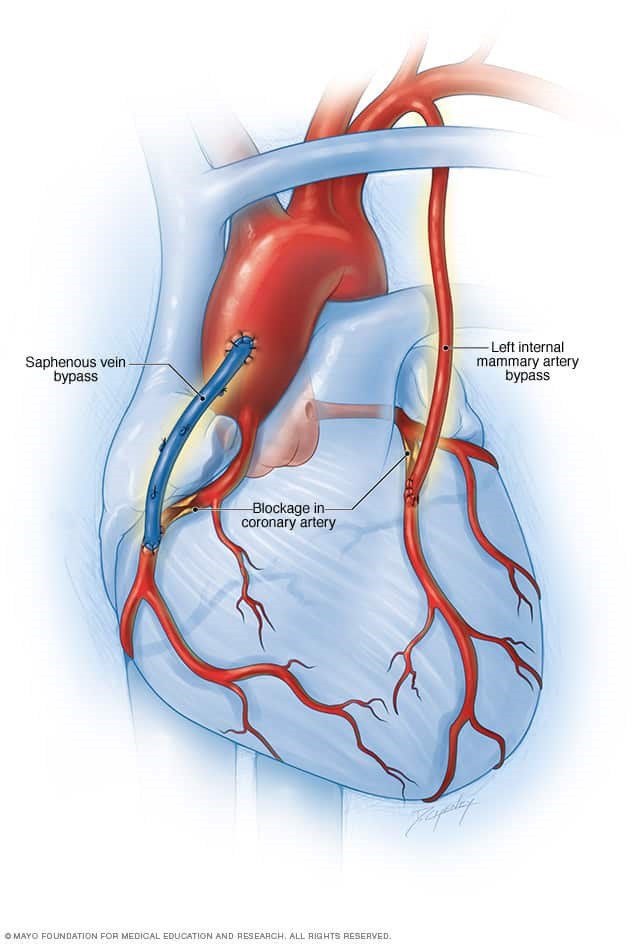Cochlear Implants and Alternative Treatments
Cochlear Implants
Cochlear implants are sophisticated medical devices that provide a sense of sound to individuals with severe to profound hearing loss. Unlike hearing aids, which amplify sound, cochlear implants bypass damaged parts of the inner ear and directly stimulate the auditory nerve.
Components of Cochlear Implants:
- External Processor: Includes a microphone to pick up sound, a speech processor to convert sound into digital signals, and a transmitter that sends the signals to the internal implant.
- Internal Implant: Includes a receiver and an electrode array. The receiver is implanted under the skin behind the ear, and the electrode array is inserted into the cochlea.
How Cochlear Implants Work:
- The external microphone picks up sound and sends it to the speech processor.
- The speech processor converts the sound into digital signals.
- The transmitter sends these signals to the internal implant.
- The internal implant converts the signals into electrical impulses.
- The electrode array stimulates the auditory nerve, bypassing damaged hair cells in the cochlea.
- The brain interprets these signals as sound.
Suitability and Benefits:
- Best suited for individuals with severe to profound sensorineural hearing loss who receive limited benefit from hearing aids.
- Can significantly improve speech perception and communication abilities.
- Suitable for both children and adults.
Risks and Considerations:
- Requires surgery and carries typical surgical risks such as infection or device failure.
- Rehabilitation and auditory training are essential for optimal outcomes.
- Not all individuals achieve the same level of benefit; outcomes vary based on factors like duration of deafness and age at implantation.
Alternative Treatments
1. Hearing Aids
- Function: Amplify sound to assist individuals with varying degrees of hearing loss.
- Types: Behind-the-ear (BTE), in-the-ear (ITE), in-the-canal (ITC), and completely-in-the-canal (CIC).
- Best For: Mild to severe hearing loss.
- Advantages: Non-surgical, customizable settings, and can be used in conjunction with assistive listening devices.
2. Bone-Anchored Hearing Systems (BAHS)
- Function: Transmit sound through bone conduction directly to the inner ear, bypassing the outer and middle ear.
- Components: An external sound processor and a surgically implanted titanium fixture that integrates with the bone.
- Best For: Conductive or mixed hearing loss, single-sided deafness.
- Advantages: Suitable for individuals who cannot wear traditional hearing aids.

3. Middle Ear Implants
- Function: Directly drive the bones of the middle ear or the inner ear fluids, converting sound into mechanical vibrations.
- Components: External audio processor and internal implant.
- Best For: Sensorineural, conductive, or mixed hearing loss.
- Advantages: No blockage of the ear canal, reduced feedback and occlusion effects.

4. Auditory Brainstem Implants (ABI)
- Function: Bypass the cochlea and auditory nerve, stimulating the brainstem directly.
- Best For: Individuals with non-functioning auditory nerves, such as those with Neurofibromatosis Type II (NF2).
- Advantages: Provides auditory sensations when cochlear implants are not viable.
5. Assistive Listening (ALDs)
- Function: Enhance sound in specific situations like classrooms, theaters, or conversations.
- Types: FM systems, infrared systems, induction loop systems.
- Best For: Individuals with mild to moderate hearing loss or those who need additional support.
- Advantages: Improve sound clarity, reduce background noise.
 6. Speech Therapy and Auditory Training
6. Speech Therapy and Auditory Training
- Function: Help improve listening skills, speech perception, and communication.
- Best For: Both cochlear implant users and hearing aid users.
- Advantages: Enhances the effectiveness of hearing devices, especially for those adapting to new sounds.
7. Lip Reading and Sign Language
- Function: Visual communication methods to supplement or replace auditory communication.
- Best For: Individuals with profound hearing loss or preference for non-technological communication.
- Advantages: Facilitate communication in noisy environments or when hearing devices are not used.

Conclusion
Cochlear implants are a highly effective solution for severe hearing loss, but they are one of many options. Alternative treatments such as hearing aids, BAHS, middle ear implants, and emerging therapies provide varied approaches to managing hearing loss, catering to different needs and preferences. Consulting with hearing specialists is crucial to determine the best course of action based on individual circumstances.
Regards: Dr Naveed Shahzad










